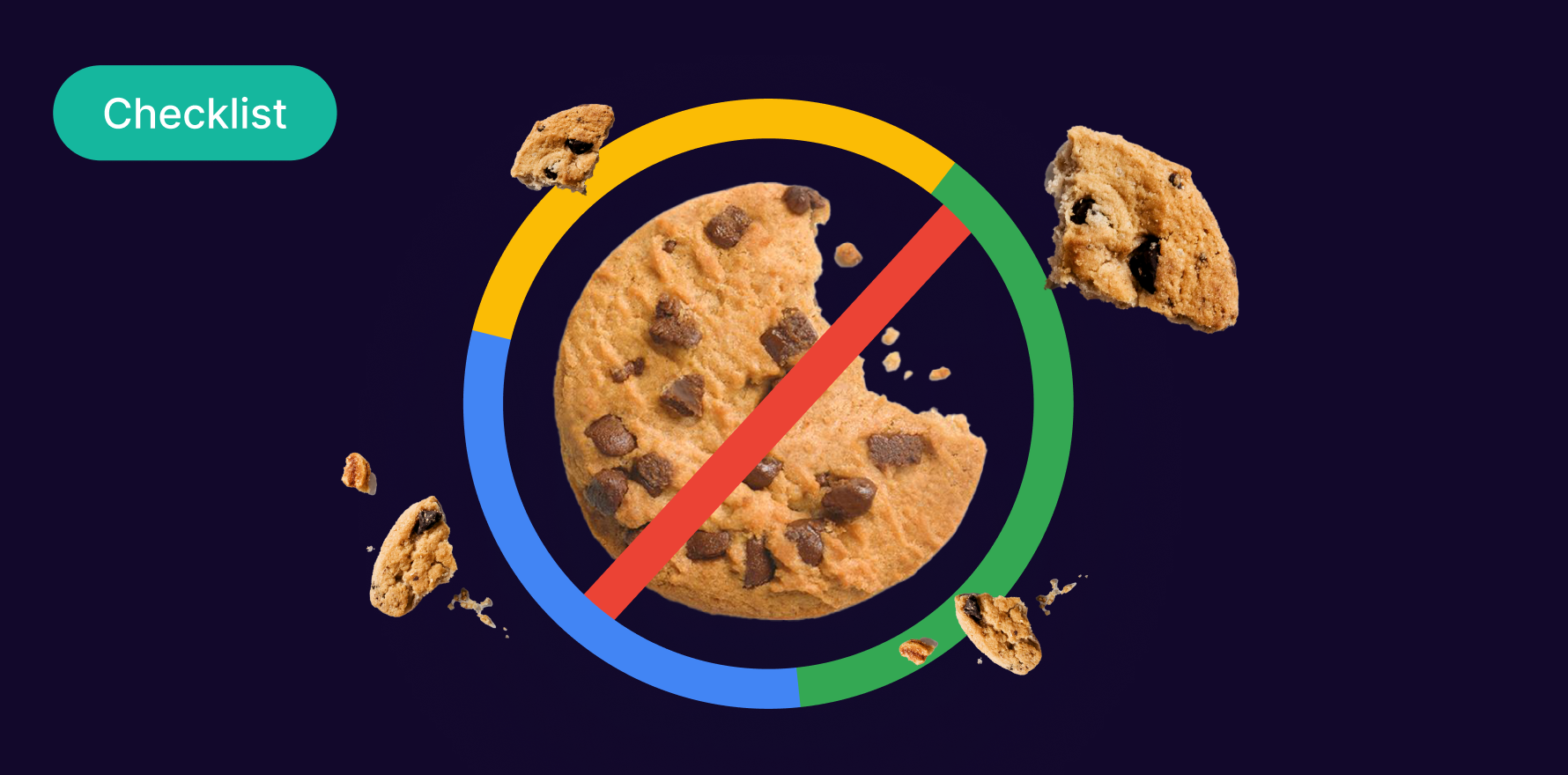What is Gross margin?
Gross margin, also known as gross profit margin, is the proportion of money left over from revenues after accounting for the cost of goods sold (COGS). This figure represents the percentage of each dollar of revenue that the company retains as gross profit. It is a critical metric in ecommerce profitability and it helps in evaluating a company’s financial health, internal performance, and comparing the same with industry peers.
Formula
Gross Margin = (Total Revenue – Cost of Goods Sold) / Total Revenue * 100
Example
- Consider an ecommerce business that generates a revenue of $200,000 by selling goods and the COGS is $100,000. Then,
- Gross Margin = ($200,000 – $100,000) / $200,000 * 100 = 50%
Why is Gross margin important?
Gross margin allows a company to understand which products are profitable, under what conditions, and at what scale. This data can drive decisions on pricing, inventory management, product development, and can weigh on marketing strategy as well. It allows companies to evaluate what is driving their profitability and how cost fluctuations may impact the overall business.
Which factors impact Gross margin?
Gross margin can be affected by various factors like price fluctuations, production costs, business scale, inventory management, tax regulations, and market competition. Operational efficiencies, product-level profitability, and the effectiveness of pricing strategies also directly impact it.
How can Gross margin be improved?
Improvement in gross margin can arise from various strategies like increasing product prices, improvement of production efficiency, reducing COGS, and procuring materials at a lower cost. It can also be improved by introducing higher-margin products or services into the sales mix or by reducing returns, discounts, and allowances.
What is Gross margin’s relationship with other metrics?
Gross margin is linked with other ecommerce metrics like Net Profit Margin as both of them track profitability from different angles. It is also related to the conversion rate as higher conversion rates can lead to increased gross margin. Gross margin can also affect Customer Lifetime Value (CLV) as the higher the margin, the higher the CLV for a profitable company.
Free essential resources for success
Discover more from Lifesight
























































